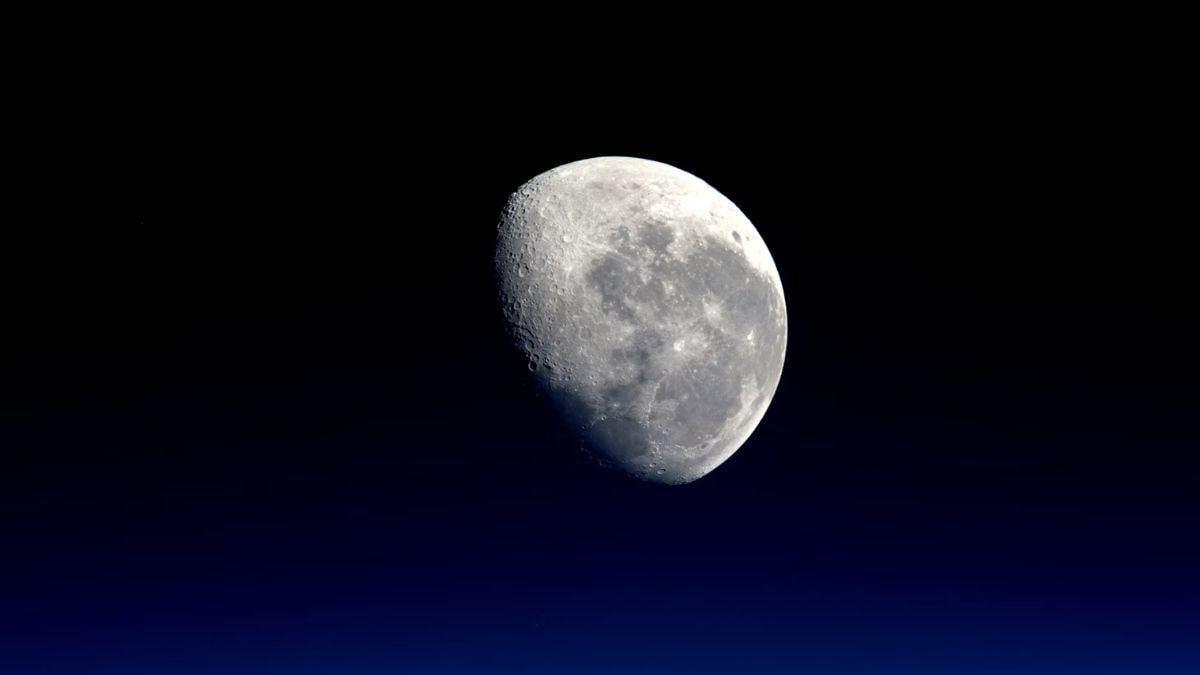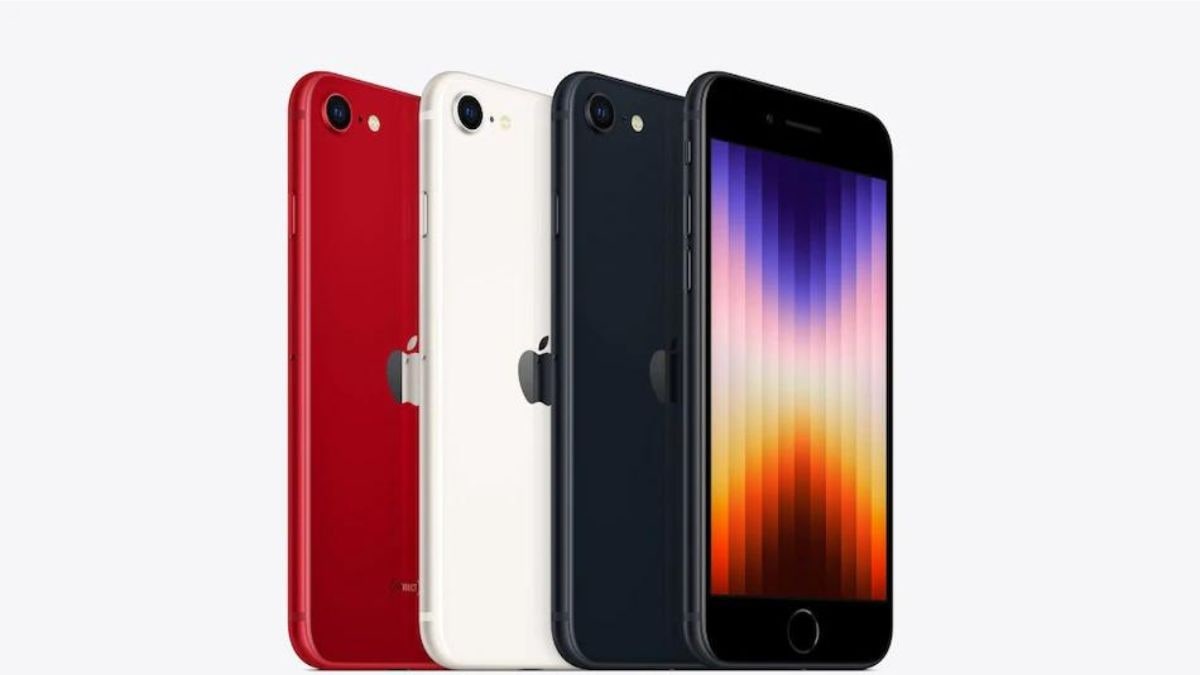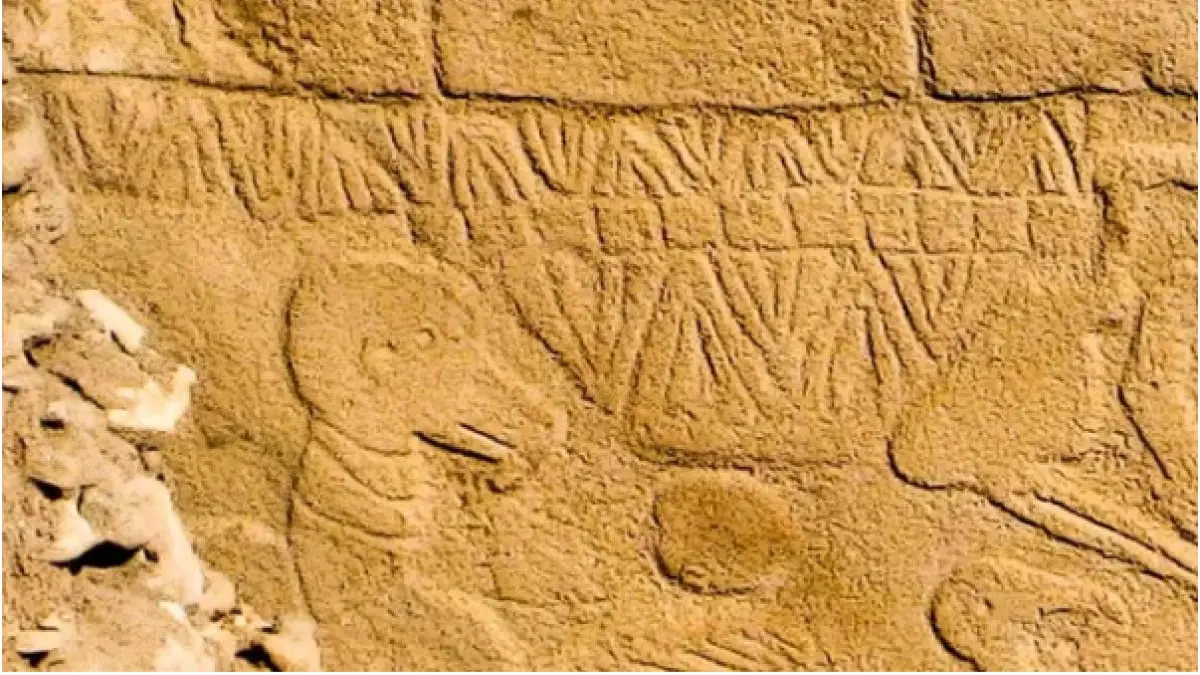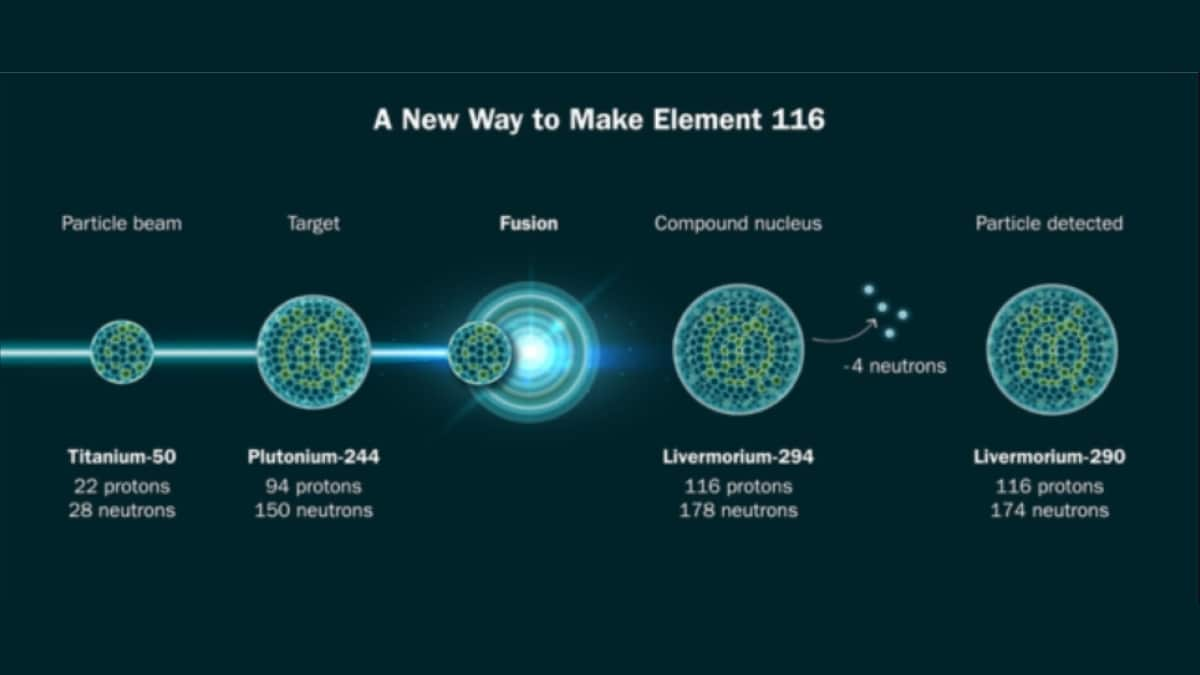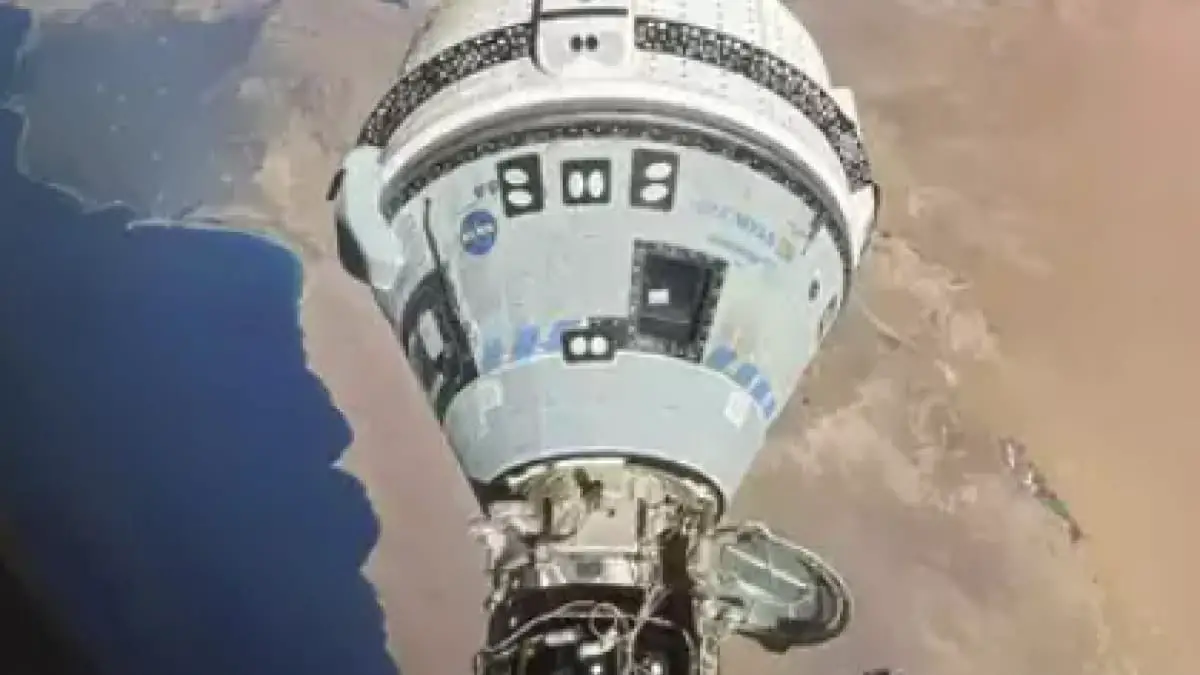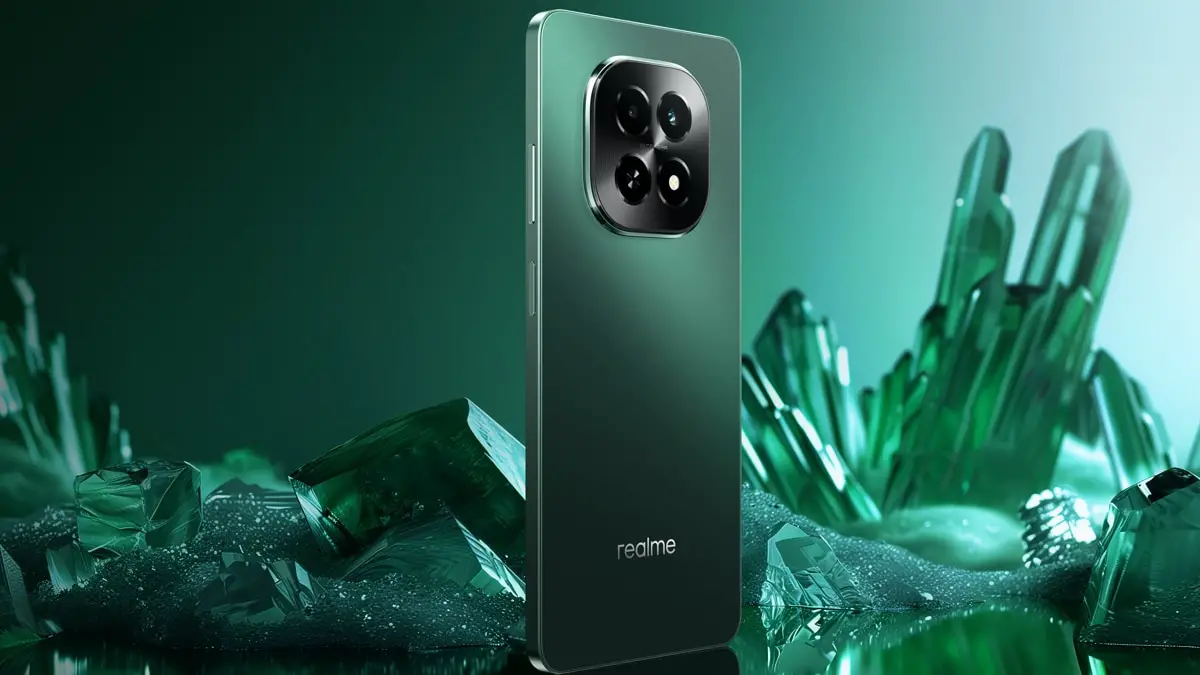For years, scientists have wondered about the origins of the moon’s faint atmosphere, known as its exosphere. Recent research provides a clear answer: meteorite impacts are the primary source of the moon’s atmosphere. This process, called “impact vaporization,” occurs when meteorites collide with the lunar surface, causing the vaporization of materials that either escape into space or remain in the moon’s exosphere.
The study, led by Nicole Nie from MIT, highlights that this impact vaporization has been renewing the moon’s atmosphere for billions of years. As meteorites strike the moon, they kick up lunar soil, creating a thin layer of vapour that replenishes the exosphere.
Lunar Bombardment and Its Effects
The moon’s heavily cratered surface is a testament to its long history of meteorite impacts. During the early solar system, large meteorites frequently bombarded the moon. Over time, these impacts ground down to smaller particles known as micrometeoroids. Despite their size, these smaller impacts continue to contribute to the moon’s atmospheric renewal.
Scientists initially suspected that impact vaporization was a key process but needed confirmation. Previous research, including data from NASA’s Lunar Atmosphere and Dust Environment Explorer (LADEE), suggested that both impact vaporization and “ion sputtering” (a process where solar wind particles energize lunar atoms) played roles in forming the moon’s exosphere.
Examining Lunar Soil for Clues
To pinpoint the dominant process, researchers analysed lunar soil samples from NASA’s Apollo missions. They focused on potassium and rubidium, two elements easily vaporised by meteorite impacts or solar sputtering. By comparing isotopes of these elements in lunar soil, the team determined that impact vaporization is the primary source of the moon’s atmosphere.
Their findings reveal that approximately 70 percent of the moon’s exosphere is generated by meteorite impacts, with the remaining 30 percent attributed to solar wind interactions. This research not only enhances our understanding of the moon’s atmospheric processes but also provides insights that could be relevant to other moons and asteroids.
For the latest tech news and reviews, follow Gadgets 360 on X, Facebook, WhatsApp, Threads and Google News. For the latest videos on gadgets and tech, subscribe to our YouTube channel. If you want to know everything about top influencers, follow our in-house Who’sThat360 on Instagram and YouTube.
The resident bot. If you email me, a human will respond. More

